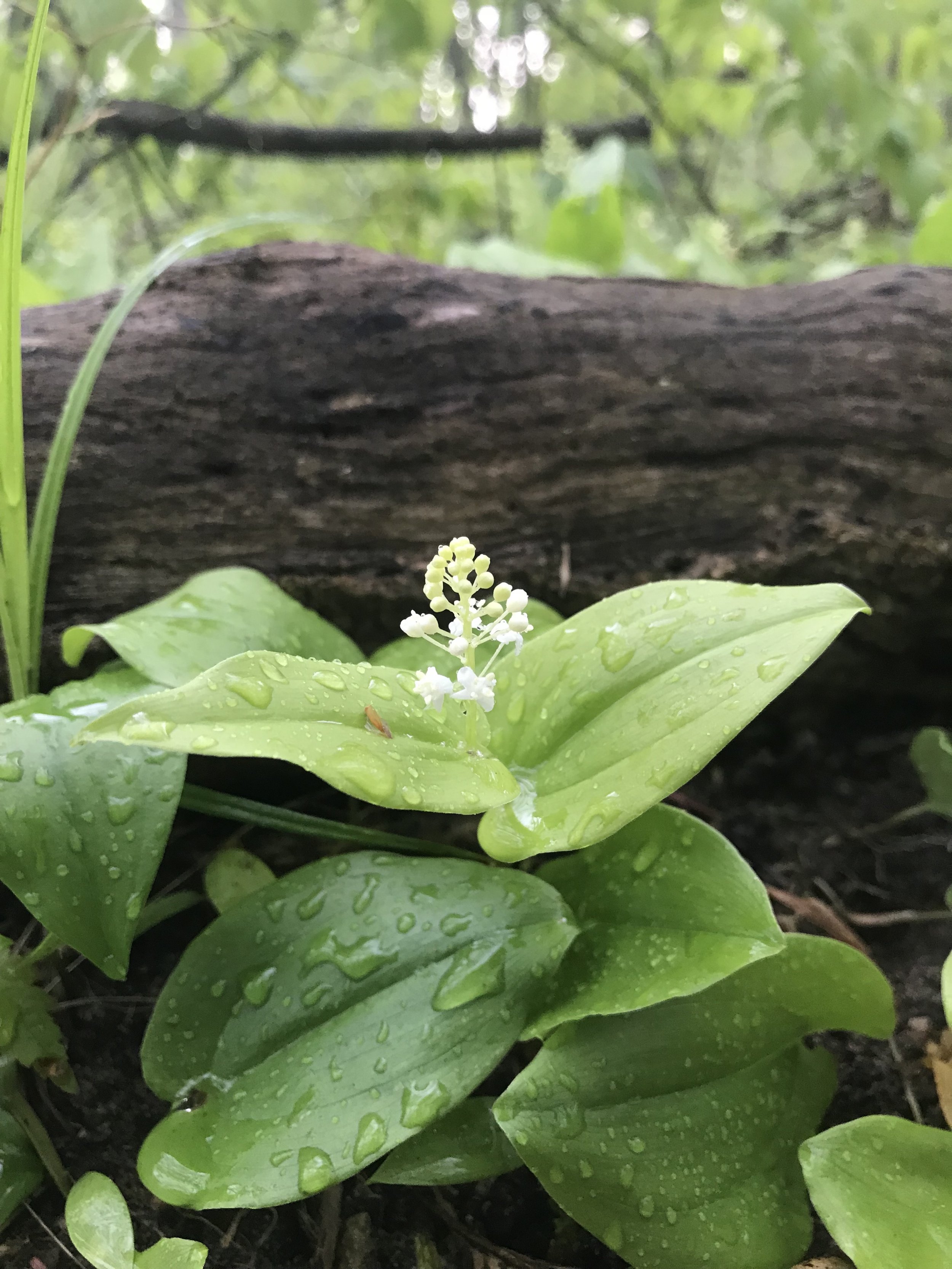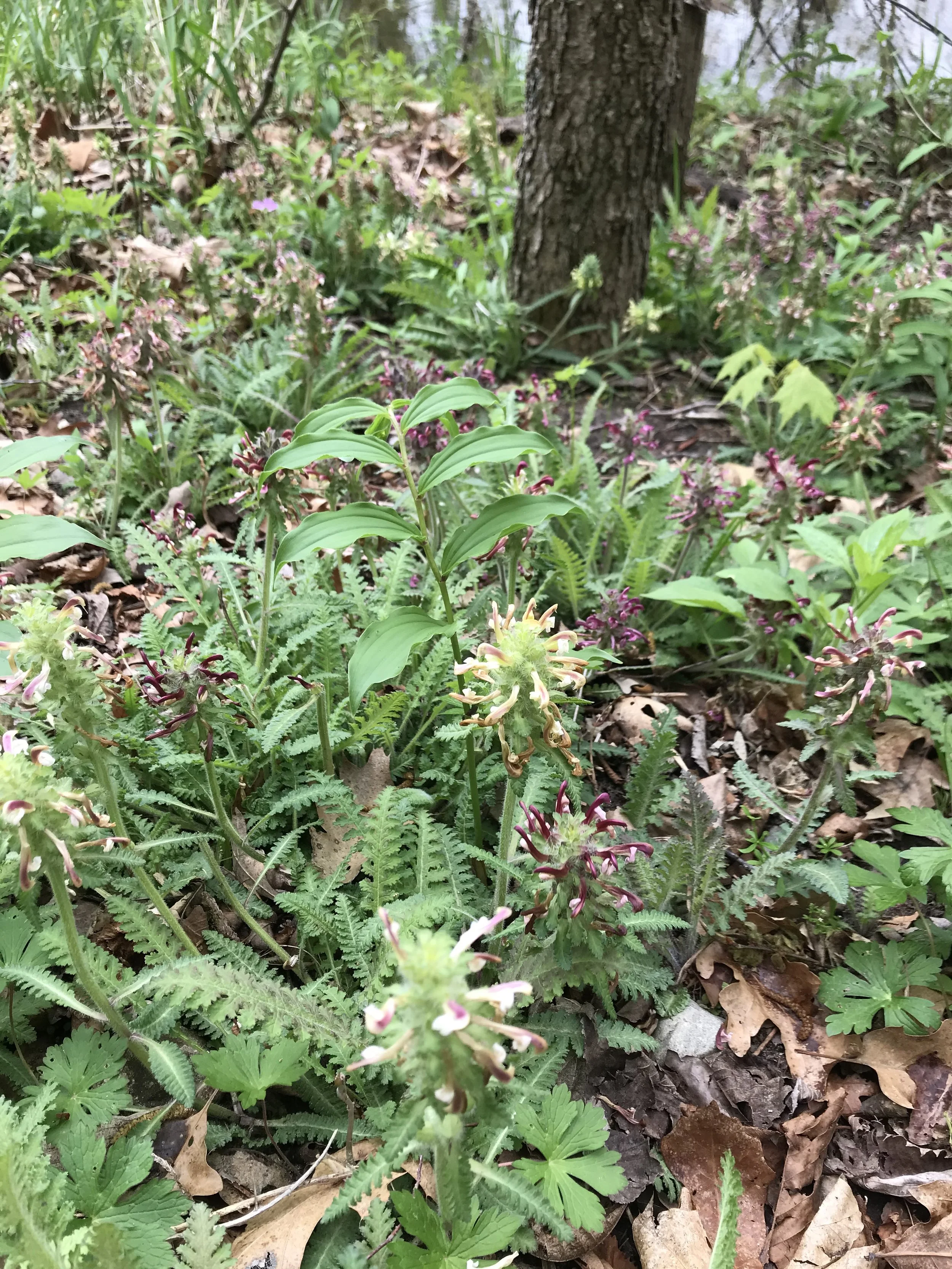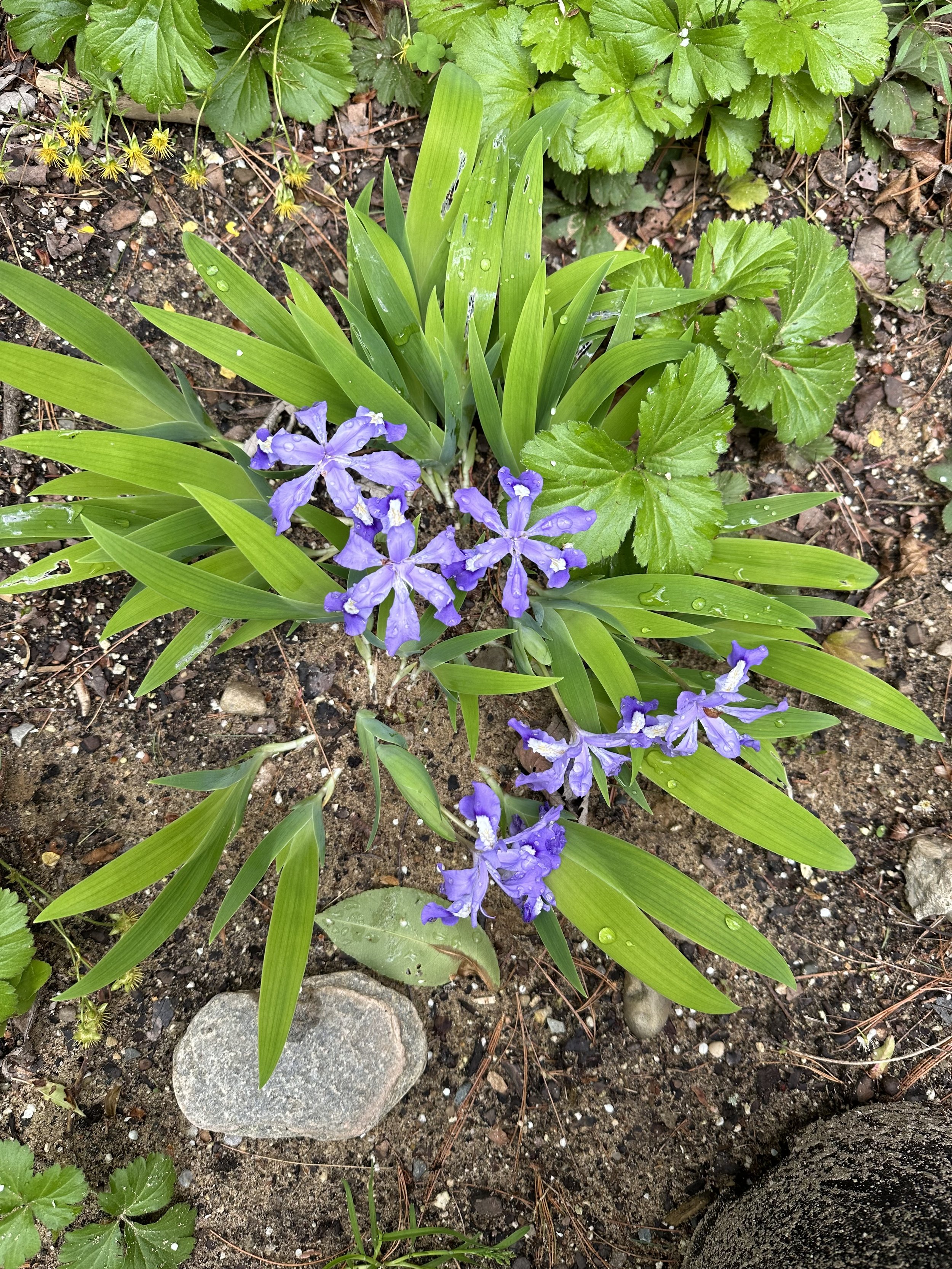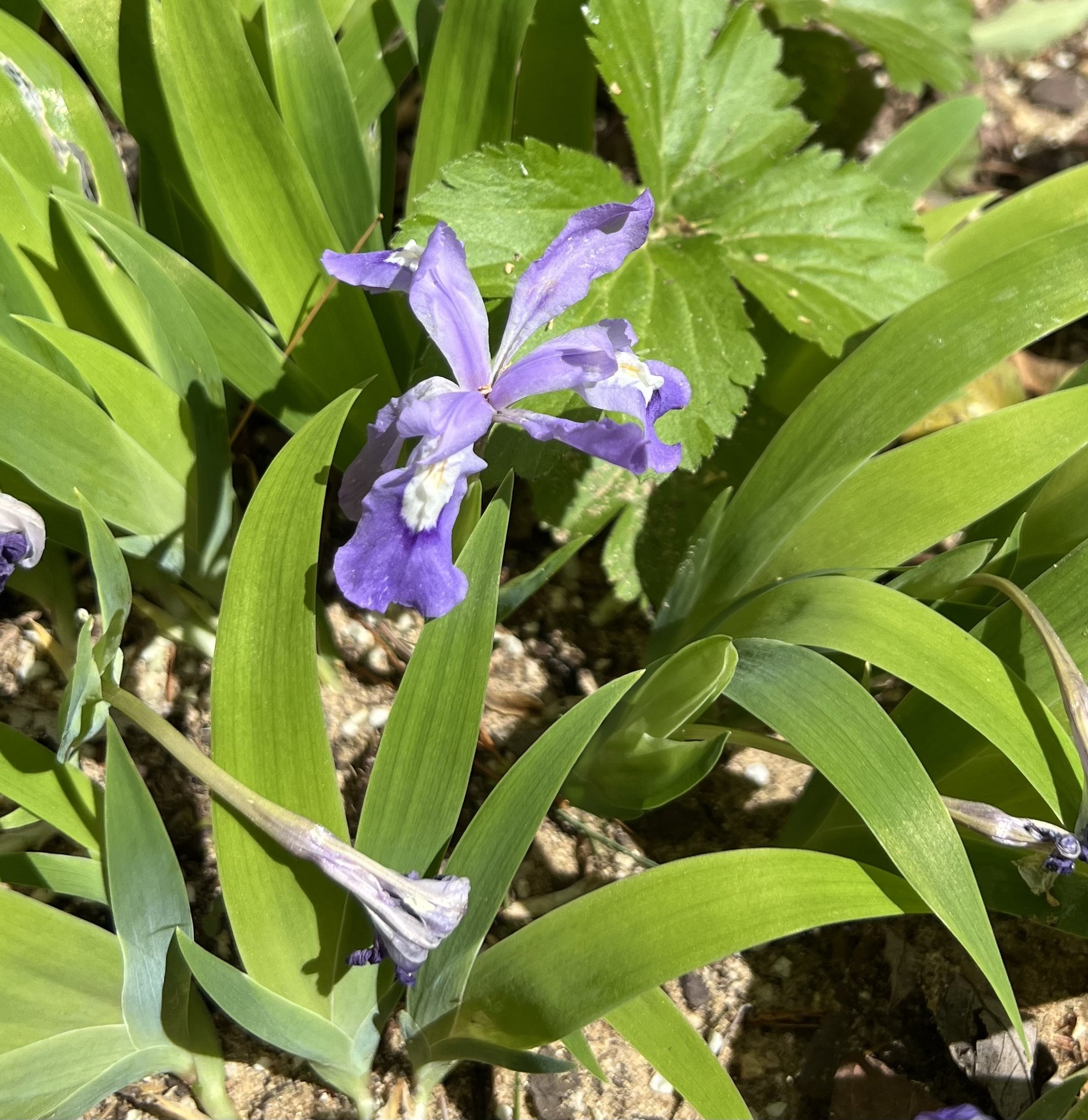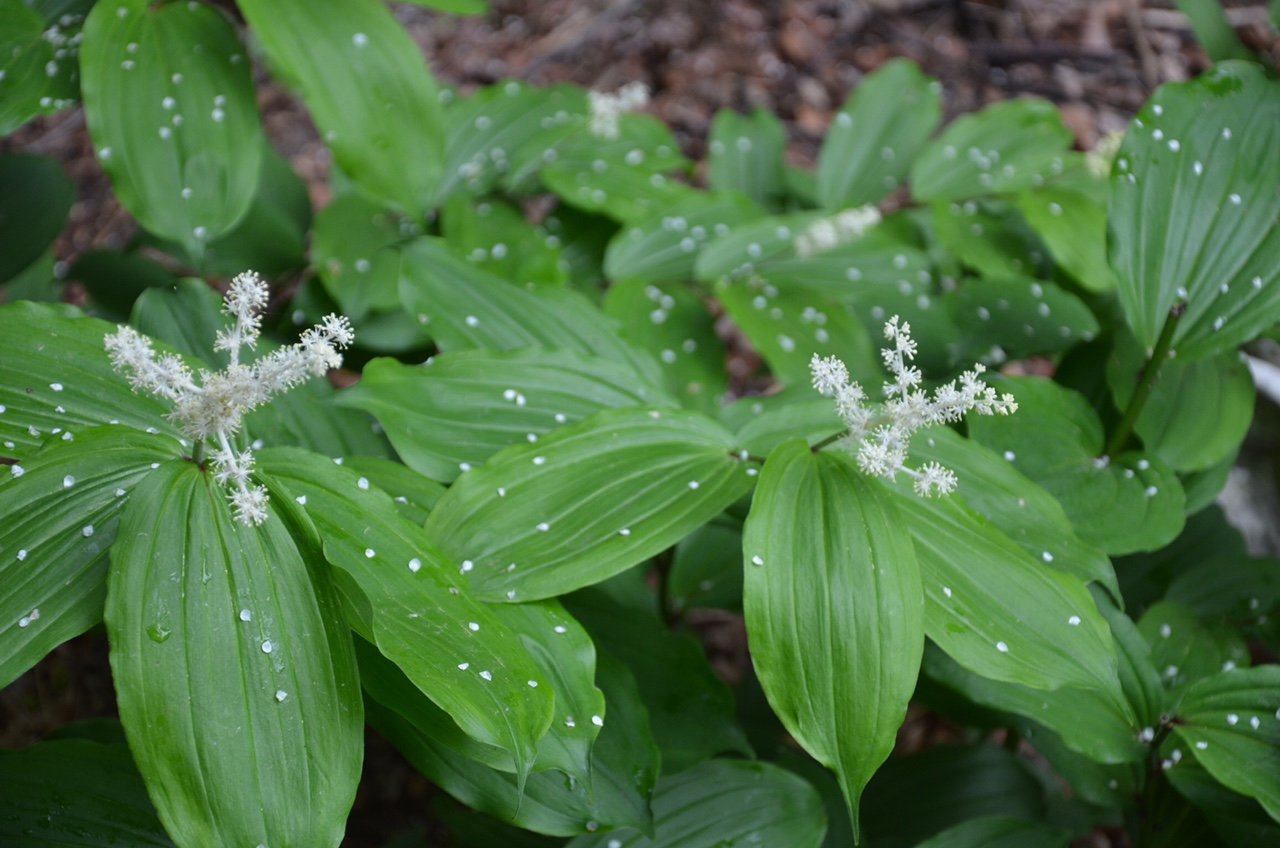 Image 1 of 10
Image 1 of 10

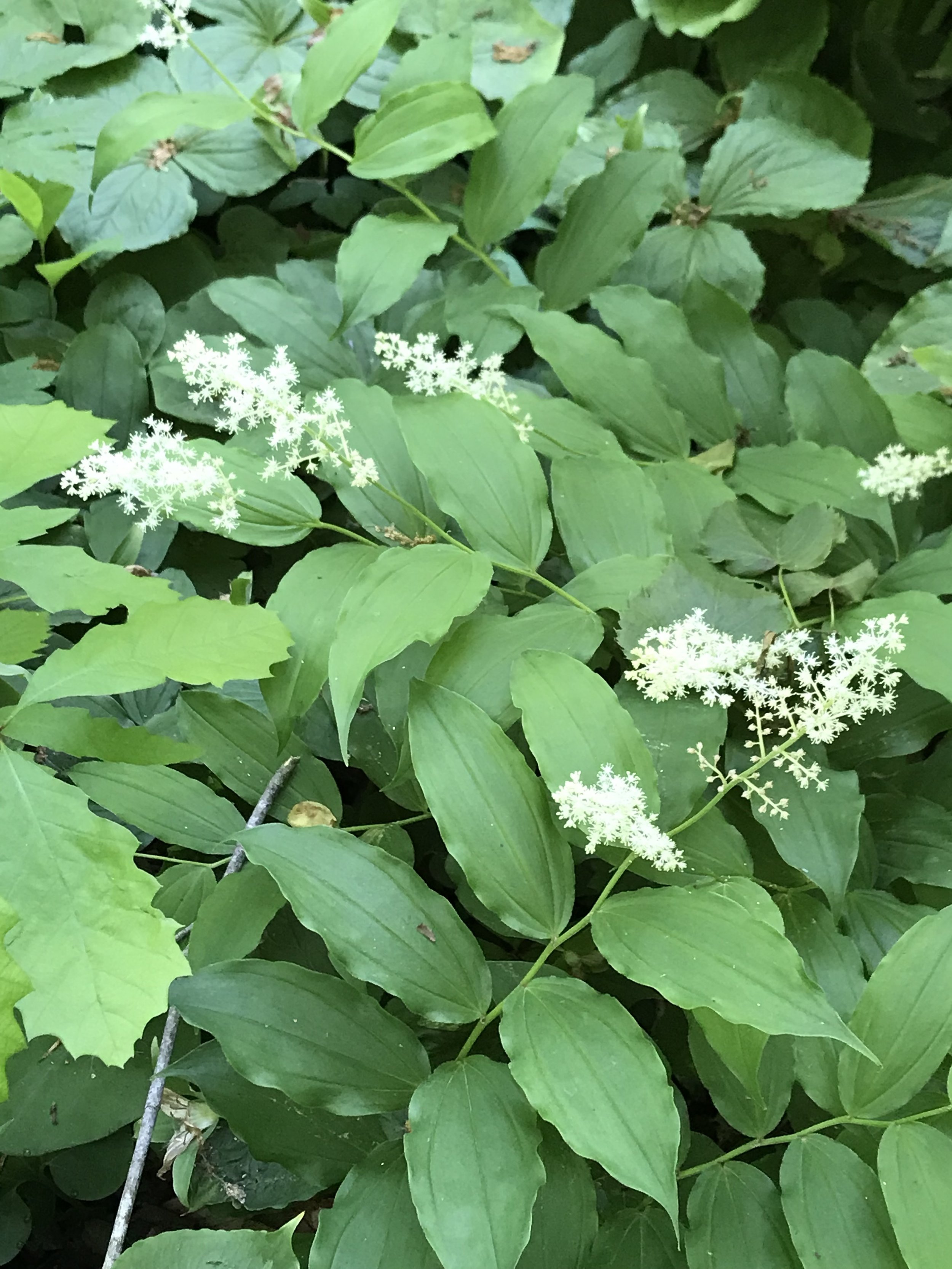 Image 2 of 10
Image 2 of 10

 Image 3 of 10
Image 3 of 10

 Image 4 of 10
Image 4 of 10

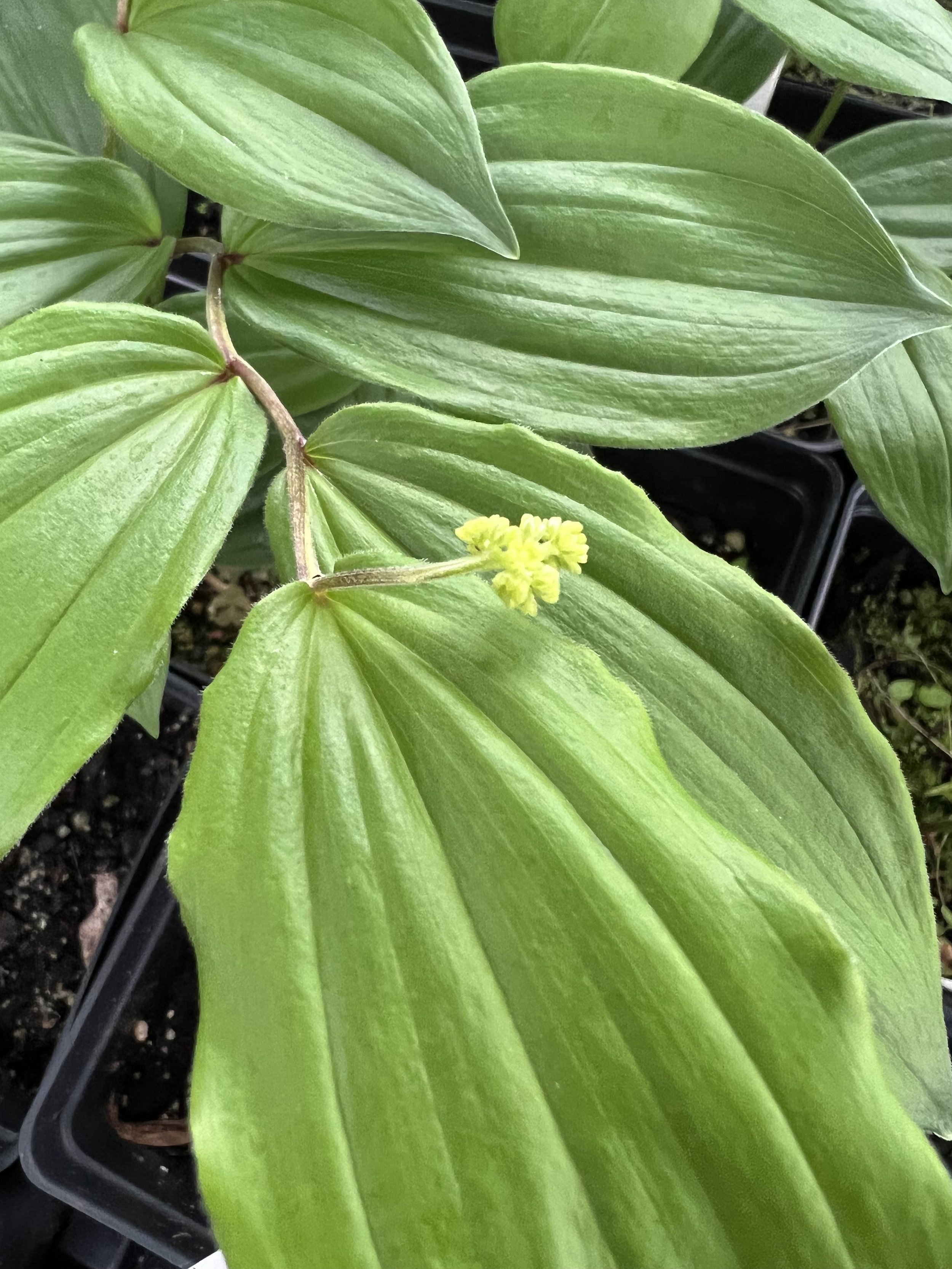 Image 5 of 10
Image 5 of 10

 Image 6 of 10
Image 6 of 10

 Image 7 of 10
Image 7 of 10

 Image 8 of 10
Image 8 of 10

 Image 9 of 10
Image 9 of 10

 Image 10 of 10
Image 10 of 10











False Solomon's Seal (Maianthemum racemosum)
from $5.50
Sold Out
False Solomon’s Seal grows in moist, rich woodlands, but it can be found in slightly drier areas too and can handle a variety of soils. It is also at home on the woodland edge.
This is a large plant that grows to about two and a half feet tall. The oval shaped leaves with pointed tips are deeply veined and alternate along the stem: they can be up to six inches long. The entire plant arches gracefully to a pleasing effect. Flowers bloom at the end of the stem in the form of a branching panicle (loose branching cluster). False Solomon’s Seal has many more flowers and berries than Starry Solomon’s Seal, Solomon’s Seal, or Canada Mayflower all relatives of this plant, A close look at the flowers will reveal three small petals and three smaller sepals as well as the cream colored pollen-tipped stamens.
A large variety of beetles are attracted to the flowers as well as bees and flies. Once pollinated, berries begin to form. They will turn pink speckled with red, and then late in the season, red. Birds may eat the berries as well as white footed mice (according to Illinois Wildflowers).
This plant will spread by rhizome if conditions are right, but not aggressively.
False Solomon’s Seal (Maianthemum racemosum)
Michigan Flora reference page for state distribution: False Solomon’s Seal
height: up to 2.5 feet
bloom time: May-June
soil: moist to dry-moist
sun: full, partial, shade
plant spacing: 18”
flower: white (berry: pink to red)
life cycle: perennial
family: Convallariaceae
seed source: Michigan
Sizes:
Get notified by email when this product is in stock.
False Solomon’s Seal grows in moist, rich woodlands, but it can be found in slightly drier areas too and can handle a variety of soils. It is also at home on the woodland edge.
This is a large plant that grows to about two and a half feet tall. The oval shaped leaves with pointed tips are deeply veined and alternate along the stem: they can be up to six inches long. The entire plant arches gracefully to a pleasing effect. Flowers bloom at the end of the stem in the form of a branching panicle (loose branching cluster). False Solomon’s Seal has many more flowers and berries than Starry Solomon’s Seal, Solomon’s Seal, or Canada Mayflower all relatives of this plant, A close look at the flowers will reveal three small petals and three smaller sepals as well as the cream colored pollen-tipped stamens.
A large variety of beetles are attracted to the flowers as well as bees and flies. Once pollinated, berries begin to form. They will turn pink speckled with red, and then late in the season, red. Birds may eat the berries as well as white footed mice (according to Illinois Wildflowers).
This plant will spread by rhizome if conditions are right, but not aggressively.
False Solomon’s Seal (Maianthemum racemosum)
Michigan Flora reference page for state distribution: False Solomon’s Seal
height: up to 2.5 feet
bloom time: May-June
soil: moist to dry-moist
sun: full, partial, shade
plant spacing: 18”
flower: white (berry: pink to red)
life cycle: perennial
family: Convallariaceae
seed source: Michigan
